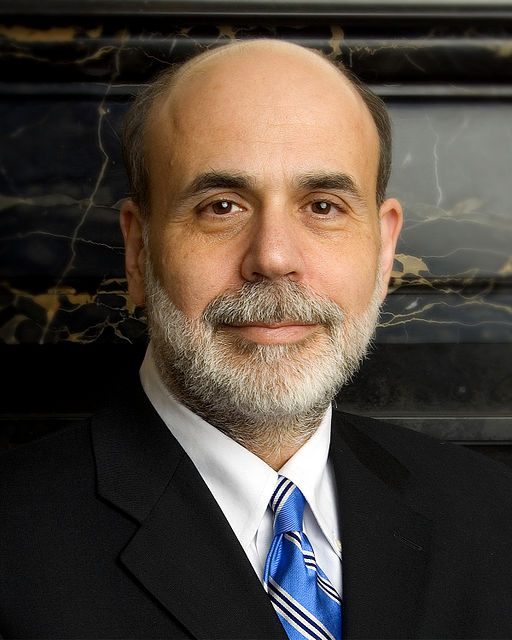Joe Biden has mastered the political stump speech. Watch the whole of his controversial campaign speech in Danville, Virginia, and you’ll see a great piece of Americana: a politician who knows how to work a crowd, seeking votes in a way that’s entertaining and folksy. Biden’s allusion to slavery was hardly a gaffe; it was a logical and powerful way to get across a larger point about class and how Republicans have treated it for several decades.
We know Biden’s speech was a big success, because he was immediately excoriated as a dunce and a racist. Blowback dominated the media for several days. Romney huffily declared that Democrats had hit a new low and tried to get us to believe that Biden was a dangerous man whose message of division somehow “disgraced” the presidency.
Both sides questioned old Joe’s fitness and utility: Could he fill the presidential shoes if necessary? Shouldn’t Obama drop him in favor of the sure-fire Hillary? Democrats behaved predictably, too: instead of championing Biden and endorsing his underlying point, they grew sheepish. If only they learned unity, the race wouldn’t even be close.
Puncturing the politics of avoidance
Yes, Biden hit a nerve, and he did it by puncturing the politics of avoidance that has been gripping the country. Ever since the Reagan era, when Republicans managed to yoke together with one seamless ideology the economic interests of the elite with the social and moral concerns of people far more ordinary, class has been diminished as a potent source of political energy. Republicans wish their supporters to believe that the interests of the wealthy and the less-so are the same. To the extent that Democrats can pry this apart and present an alternative vision of class in American society, they will gain an important advantage over a Republican party that’s badly weakened already.
After all, this election is not “about jobs” or “the economy,” as Republicans say so blandly: it is about economic inequality and the role of the super-wealthy in our economic life. It is about whether people like Mitt Romney, who has the whole world as his oyster, care about this nation’s economy and its ordinary people.
Romney would like voters to believe that his interests and theirs are just the same: that, if you feed the interests of his class, all will benefit; the interests of all classes will be served. If that were the case, the recession would be ending, because American elites can write the script of the unfolding story. They can decisively aid in restoring the nation’s economic health. Leaders of America’s corporate class already have far more power than the president to see to it that Americans are more fully employed.
A party that’s drifted from its noble beginnings
Biden’s bald reference to slavery may well have pricked the conscience of Republicans who know how far their party has drifted from its noble beginnings. In Lincoln’s time, Republicans were not only the champions of abolition: they were devoted to egalitarianism and to securing better economic prospects for lower-class whites. The most radical Republicans advocated for full racial equality, a bracing proposition given the time. Republicans were the ones who wanted to discuss such forbidden topics as slavery; it was Democrats who were proponents of silence, who wanted all discussion of “the peculiar institution” gagged.
Yet even then there were Republicans, such as Horace Greeley, who would not join the anti-slavery fight because they doubted whether the nation’s growing free-market system held out a sufficient promise of prosperity to American workers—even when those workers were white. In the meantime, the persistence of slavery in America proved beyond a doubt that powerful elites, if left to their own devices, could not always be counted on to do the right thing.
Perhaps it was all that history that gave Biden’s arrow such a powerful zing.


